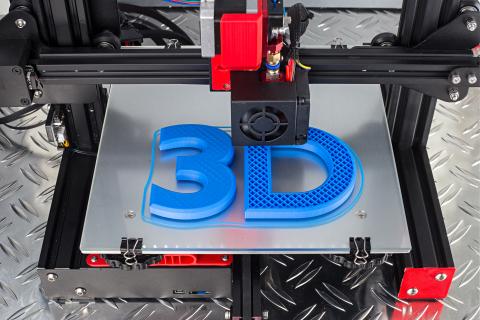3D Printing for Accessibility
Before the advent of 3D printing, assistive technologies were often exorbitantly priced, took a long time to produce, and were not easily customized by users. These challenges made it hard for many people to access the devices they needed to enhance their daily lives. But the rise of 3D printing has changed all that.
One of the most striking impacts of 3D printing in assistive technology is its ability to customize solutions to each user’s unique needs. Traditional manufacturing methods are typically geared toward mass production, making customization too expensive. In contrast, 3D printing allows for the creation of custom-fitted devices tailored to each user’s specific physical requirements. This approach ensures a higher level of comfort and efficiency, enhancing the overall user experience.
At the same time, 3D printing has also dramatically reduced the cost of assistive devices. A lot of expenses—such as materials, labor, and machinery—go into traditional manufacturing methods. But 3D printing streamlines all of it. It uses only the necessary amount of materials, and the printers can be operated with minimal human intervention. As a result, devices that were once considered luxury items are now within reach of a broader audience.
Another pivotal aspect of 3D printing in this field is the speed of production. Traditional methods can take weeks or even months to move from design to final product, but 3D printing accelerates this process dramatically. Prototypes can be developed and tested in a matter of days. This means that individuals in need of assistive devices can receive them in a timely manner, significantly improving their quality of life.
3D printing has also spurred a wave of innovation and collaboration. The open-source nature of many 3D printing projects encourages hobbyists, professionals, and academics to share designs and improvements. This collaborative environment has led to a surge in creative solutions to a variety of challenges faced by individuals with disabilities, fostering a community dedicated to improving lives through technology.
Here are some of the assistive tools that can be 3D printed:
- Wheelchair ramps
- Pen holders
- Bottle openers
- Wheelchair cupholders
- Cutlery hand grips
- Customized prosthetics
- Plug-in pulls
- Wheelchair umbrella attachments
- Braille labels and tools
The only limit is size and imagination! And you don’t need to have a 3D printer yourself to take advantage of this technology. Many websites provide a catalog of free devices made to order, and 3D printers are readily available in many libraries, universities, and state disability offices.
Thanks to 3D printing, assistive technology is more accessible, affordable, and adaptable than ever before. This technology has opened new horizons for individuals with disabilities, granting them greater independence and participation in society. As 3D printing continues to evolve, its potential to further transform and enhance the lives of those who rely on assistive technology seems boundless.
